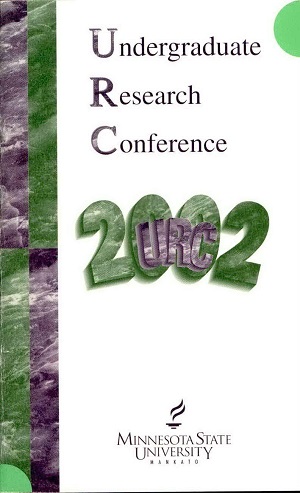The Number of Mazes in the Retelling of Narratives of Children with Williams Syndrome and Typically Developing Children
Location
CSU
Student's Major
Speech, Hearing, and Rehabilitation Services
Student's College
Allied Health and Nursing
Mentor's Name
Patricia Hargrove
Mentor's Department
Speech, Hearing, and Rehabilitation Services
Mentor's College
Allied Health and Nursing
Description
Williams Syndrome (WS) is a genetic disorder accompanied by developmental delay. Based on the literature, children with WS are very talkative but lack depth and content in their language, and may have word-finding problems. Often, when speakers have word-finding problems, they will produce false starts, repetitions, or reformulations, which will disrupt the forward flow of speech. These disruptions are referred to as mazes. The purpose of this project was to determine if children with WS produce more mazes during the retelling of narratives than typically developing children. Samples of speech were collected from children with WS and typically developing children. Speech samples were analyzed using Systematic Analysis of Language Transcripts (SALT). We predicted that children with WS would produce more mazes than typically developing children. The results, however, indicated that there was no significant difference in the number of mazes produced by children with WS and the number of mazes produced by typically developing children.
The Number of Mazes in the Retelling of Narratives of Children with Williams Syndrome and Typically Developing Children
CSU
Williams Syndrome (WS) is a genetic disorder accompanied by developmental delay. Based on the literature, children with WS are very talkative but lack depth and content in their language, and may have word-finding problems. Often, when speakers have word-finding problems, they will produce false starts, repetitions, or reformulations, which will disrupt the forward flow of speech. These disruptions are referred to as mazes. The purpose of this project was to determine if children with WS produce more mazes during the retelling of narratives than typically developing children. Samples of speech were collected from children with WS and typically developing children. Speech samples were analyzed using Systematic Analysis of Language Transcripts (SALT). We predicted that children with WS would produce more mazes than typically developing children. The results, however, indicated that there was no significant difference in the number of mazes produced by children with WS and the number of mazes produced by typically developing children.



